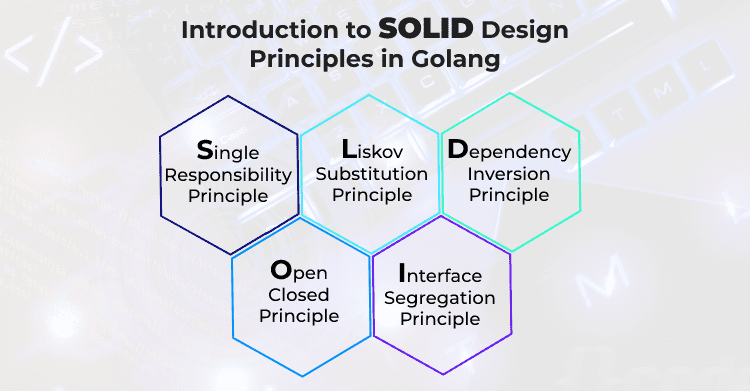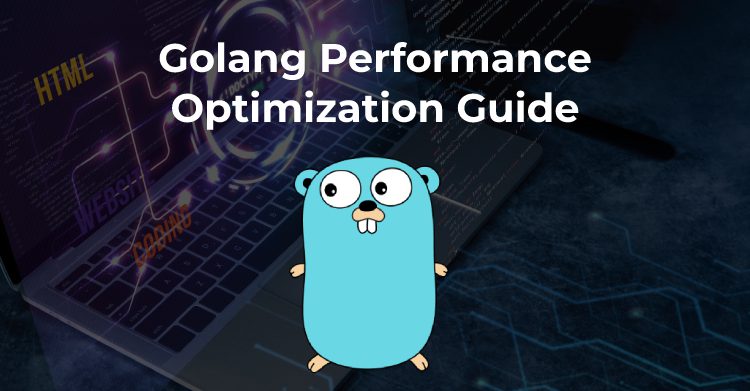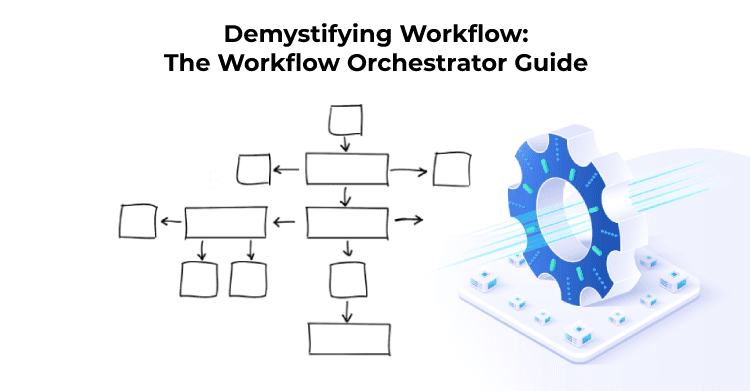
Blog
Demystifying Workflow: The Workflow Orchestrator GuidePosted by
Bipen Chandra Adhikari on 21 Feb 2024
In today’s rapidly evolving digital landscape, organizations embrace microservices architecture to achieve scalability, flexibility, and rapid software development. This architectural approach breaks down monolithic applications into smaller, loosely coupled services. It offers a range of benefits, including improved agility, independent deployment, and scalability of specific components as needed.
However, alongside these advantages, microservices also introduce unique challenges for organizations. This workflow orchestrator guide explores potential issues associated with microservices and how to overcome them.
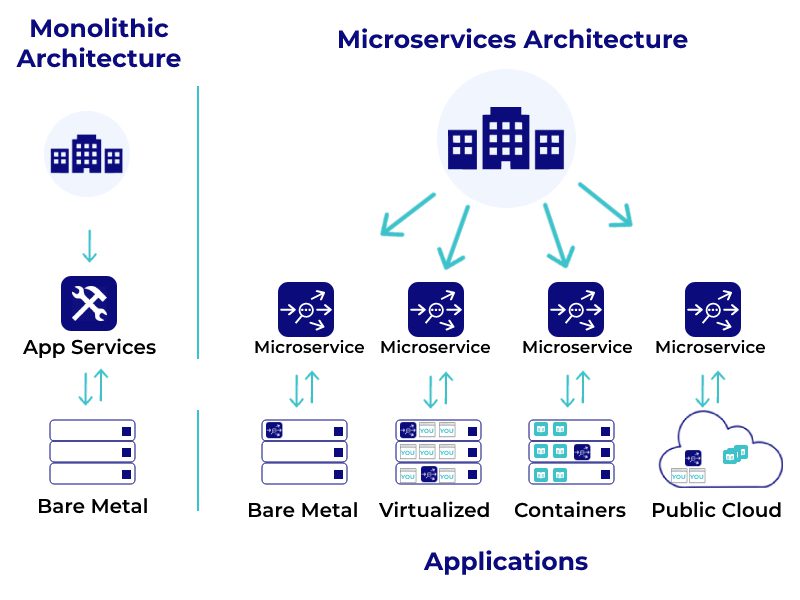
Challenges of Microservices Architecture
Let’s look at some common problems associated with microservices and understand the complexities they introduce into the development and operation of distributed systems.
Service Dependencies and Communication:
- Microservices rely on communication between various independent services, leading to complex network interactions.
- Maintaining and managing service dependencies becomes challenging, especially as the number of services increases.
- Service discovery, load balancing, and handling network failures add further complexity.
Ensuring Transactional Consistency:
- Maintaining transactional consistency across multiple services becomes difficult in a distributed environment.
- Coordinating distributed transactions and ensuring atomicity, consistency, isolation, and durability (ACID) properties pose challenges.
- Synchronizing and managing data consistency across multiple services can be complicated and error-prone.
Managing Failures and Retries:
- In a microservices landscape, failures are inevitable. Services can become unavailable or experience temporary disruptions.
- Recovering from failures requires robust error handling, retry mechanisms, and fault tolerance strategies.
- Implementing resilience patterns, such as circuit breakers and exponential backoff, adds another layer of complexity.
Tracking and Monitoring Workflows:
- Monitoring and understanding the flow of requests and data across microservices can be challenging.
- Tracing and logging requests across multiple services to diagnose issues and gain visibility becomes complex.
- Ensuring the observability and monitoring of distributed systems requires specialized tools and practices.
While microservices offer numerous benefits, these challenges can hinder development productivity, increase operational complexity, and introduce potential points of failure.
Choreography and Microservices Error Handling
Choreography is an approach to microservices communication and coordination where each service autonomously collaborates with other services to accomplish a business goal. In a choreographed architecture, services communicate directly with each other by exchanging events or messages. There is no centralized controller that orchestrates the flow of interactions.
Choreography solves microservices errors by addressing specific challenges:
Decentralized Error Handling:
- In a choreographed system, each service handles errors independently based on the events or messages it receives.
- Services can respond to errors promptly and take appropriate actions.
- This decentralized error-handling approach allows services to react swiftly to errors without relying on a central authority.
Increased Fault Tolerance:
- Choreography promotes fault tolerance by distributing responsibility across services.
- If a particular service fails or encounters an error, other services can continue their operations independently.
- Avoiding a central point of failure enhances the system’s overall resilience and ability to handle errors gracefully.
Improved Scalability and Extensibility:
- Services communicate through events or messages in a choreographed architecture, allowing for easy horizontal scalability.
- Additional instances of a specific service can be added to handle increased loads or demand.
- Introducing new services or modifying the existing ones becomes more flexible as services operate independently.
Loose Coupling and Independence:
- Choreography promotes loose coupling between services.
- Services only need to know about the events or messages they receive and the actions they should take in response.
- This loose coupling enhances service independence, making modifying or replacing services easier without impacting the entire system.
While choreography benefits error handling, resilience, and loose coupling, it may not suit every scenario. Designing choreographed systems requires robust event-driven communication mechanisms to ensure consistency, visibility, and coordination across services.

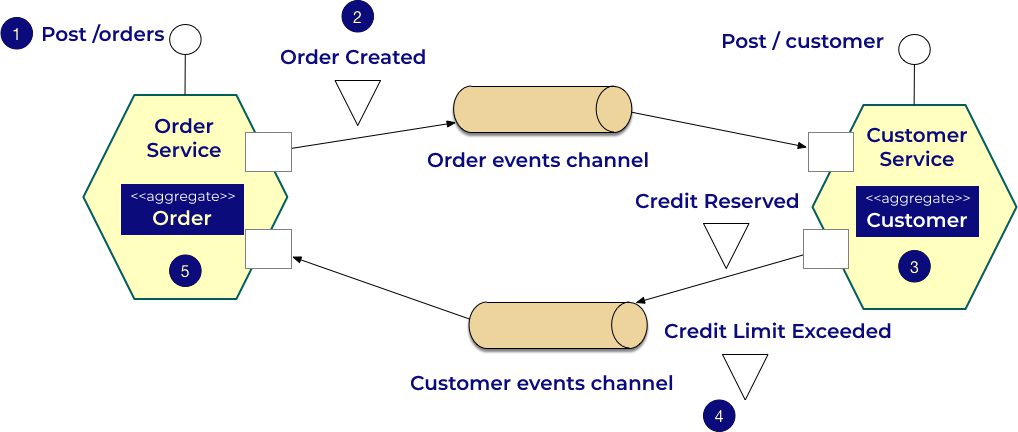
Microservices Orchestration and Error Handling
Orchestration is an approach to microservices communication and coordination in which a central controller or orchestrator manages and controls the flow of interactions between services. The orchestrator determines the sequence of service invocations and coordinates the execution of tasks to achieve a specific business goal.
When it comes to microservices error handling, orchestration offers several advantages and solutions:
Centralized Error Handling:
- In an orchestrated system, the central orchestrator has visibility into the entire workflow.
- This centralized perspective enables it to handle errors in a coordinated manner.
- The orchestrator can initiate appropriate error-handling strategies, such as retries, compensating actions, or fallback mechanisms.
- Centralized error handling ensures consistency and enables graceful recovery from errors across the microservices ecosystem.
Transactional Consistency:
- Orchestration allows the orchestrator to enforce transactional consistency across multiple services.
- By defining and coordinating the sequence of service invocations, the orchestrator ensures the atomic execution of actions within a particular business transaction.
- If any service encounters an error, the orchestrator can initiate compensating actions to roll back or compensate for partially completed operations, maintaining transactional integrity.
Workflow Monitoring and Tracking:
- The central orchestrator provides a comprehensive view of the workflow execution.
- It can monitor and track the progress of tasks and services, enabling visibility into the flow of data and requests across the microservices landscape.
- Monitoring tools and dashboards can be integrated with the orchestrator to provide real-time monitoring and metrics, facilitating effective error detection and diagnosis.
Fault Resilience and Error Handling Strategies:
- Orchestration allows for the implementation of robust fault tolerance and error-handling strategies.
- The orchestrator can incorporate mechanisms such as retries, circuit breakers, and timeout policies to handle transient failures or unresponsive services.
- It can handle errors by applying compensation logic or initiating alternative paths in the workflow.
- Centralized error handling and resilience strategies enable consistent and reliable recovery across the microservices ecosystem.
Complex Workflow Coordination:
- Orchestration provides a structured approach for complex workflow coordination in scenarios involving multiple services and intricate dependencies.
- The orchestrator can model and manage intricate workflows, defining dependencies, conditional branching, and decision-making logic.
- This explicit coordination simplifies the management of complex business processes and ensures the proper sequencing of service invocations, minimizing potential errors and conflicts.
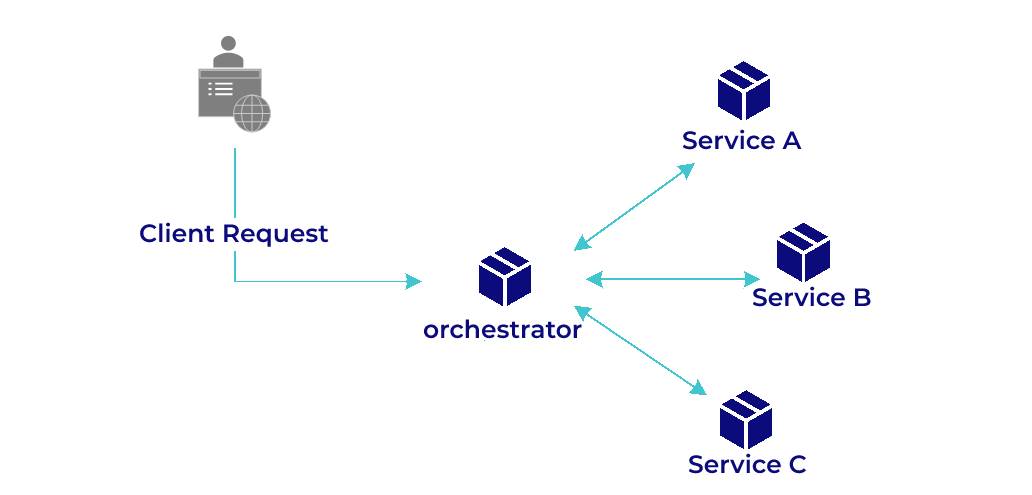
Limitations of Microservices Choreography and Orchestration
Choreography:
- Lack of Global Visibility: In a choreographed system, gaining a comprehensive view of the entire workflow can be more difficult, as services communicate directly with each other. This may impact visibility for monitoring, troubleshooting, and understanding the system behavior.
- Complex Coordination: As the number of services and interactions increases, maintaining coordination and ensuring global consistency can become challenging in choreography. Handling errors that span multiple services and maintaining transactional consistency across the entire system can be more complex.
- Dependency on Service Behavior: Choreography relies on individual services to make the correct decisions based on received events or messages. If services do not handle errors or events properly, it can lead to issues in the overall system behavior.
Orchestration:
- Centralized Point of Failure: With orchestration, the orchestrator becomes a single point of failure. If the orchestrator goes down, the entire system may be affected.
- Increased Coupling: Orchestration can introduce tighter coupling between services, as they rely on the orchestrator for coordination. Changes to the orchestrator can impact multiple services.
- Bottleneck and Scalability: As the number of services and interactions grows, the orchestrator may become a performance bottleneck. Scaling the system may require scaling the orchestrator, which can be challenging.
Conclusion
It’s important to carefully evaluate the pros and cons of both choreography and orchestration based on your specific use case, system requirements, and trade-offs. Consider factors such as system complexity, scalability needs, fault tolerance, global visibility, and the level of coordination and consistency required for your microservices architecture.
While orchestration offers benefits in error handling and coordination, it’s crucial to consider the trade-offs. Orchestrated systems can introduce a single point of failure and may have increased coupling between services, as they rely on the central orchestrator. Additionally, the development and maintenance of the orchestrator component require careful design and consideration.
Ultimately, the choice between choreography and orchestration depends on the specific requirements, complexity, and trade-offs of the microservices ecosystem. It is essential to carefully evaluate the needs of the system and select the appropriate approach to effectively handle errors and ensure the resilience of the microservices architecture. Gophers Lab is a leading digital engineering company leveraging cutting-edge technologies to build disruptive digital products. We can help you make the best development choices to deliver superior applications.
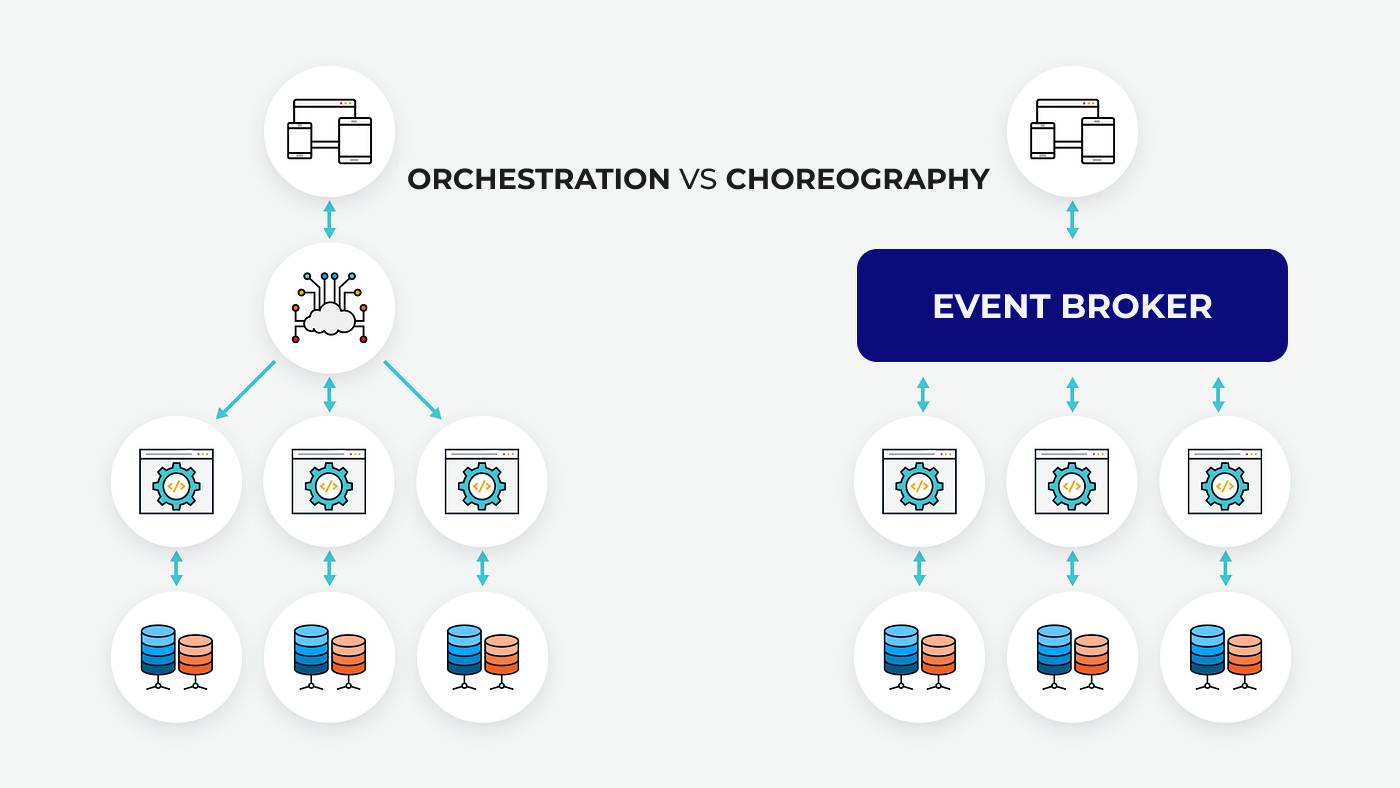
Share On
Tags
Microservices Architecture
Workflow Orchestration
Highlights
Download Blog

Talk to Our Experts

Get in Touch with us for a Walkthrough



